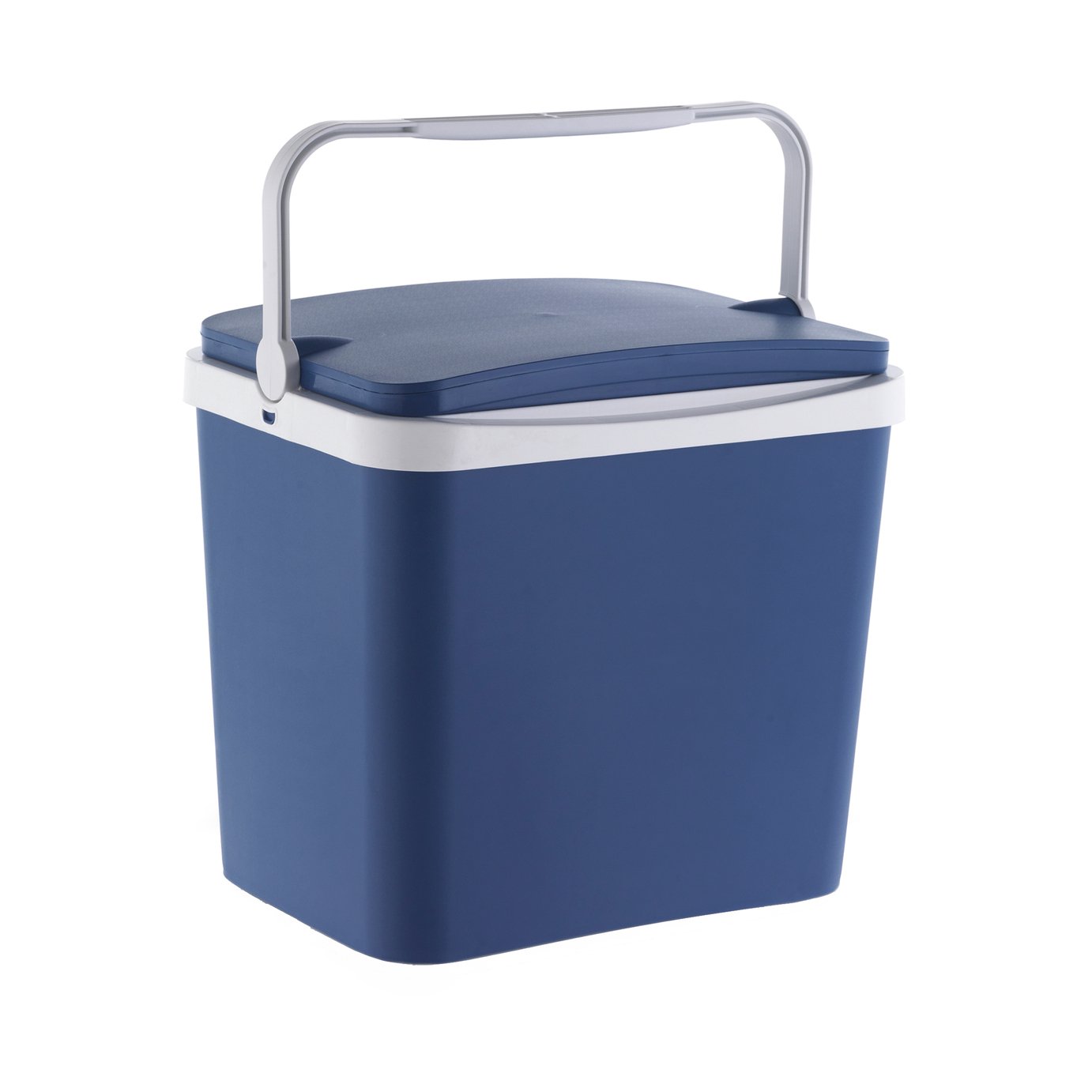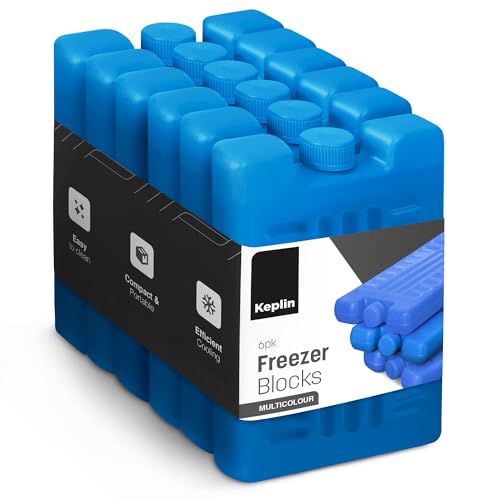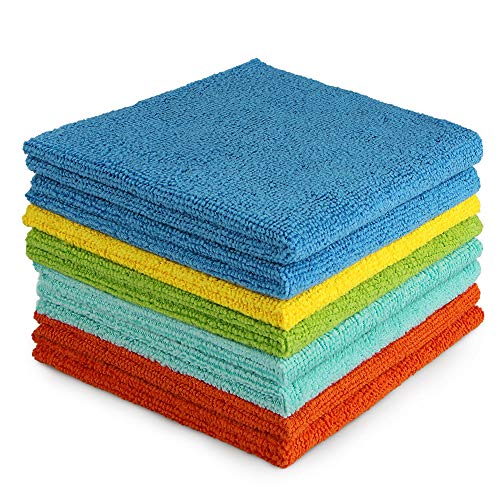Why is ice building up in my freezer? Experts reveal the main reasons your freezer's frosty and how to fix it
Keep the mini freezer ice-bergs at bay

Amy Hodge
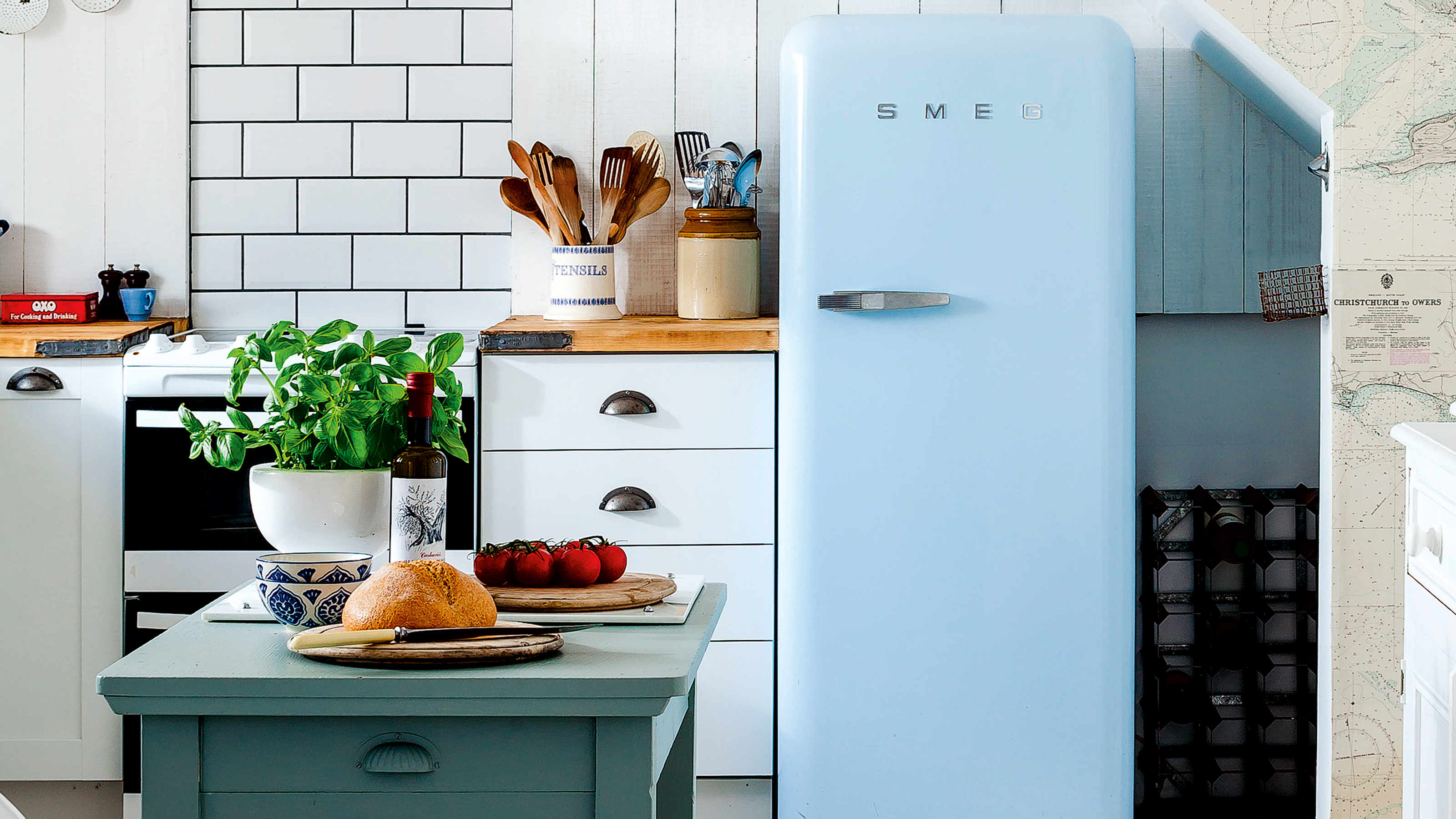
EDITOR’S NOTE: An earlier version of this article included a quote from a purported expert whose credentials we have not been able to verify. The quote has been removed. We regret this lapse in our verification process and have updated our internal protocols to reduce the risk of recurrence.
Freezers can easily become iced up, impacting storage space and efficiency but why is ice building up in your freezer at all? It’s a common nuisance that can quickly turn your neatly organised food storage into a frosty mess.
If you've gone through the tedium of figuring out how to defrost a freezer more frequently than you'd like, don't worry we've asked the experts to help offer up some answers, and tips on how to stop it happening.
Ice buildup can happen for a variety of reasons - anything from a faulty seal on the freezer door to temperature fluctuations or poor ventilation inside. While a little frost is natural, excessive ice is a sign that something’s amiss, and if left unaddressed, it can not only make accessing your food trickier but also cause your appliance to work harder than it should.
'Ice build-up in your freezer simply occurs when moisture inside the appliance freezes,' adds Sarah Heaps, refrigeration expert at AO.com. 'The main reasons for this happening come down to frequent door openings, faulty door seals, incorrect temperature settings and poor ventilation.'

Whether it’s a quick fix like rearranging your frozen food for better airflow or something a tad more involved, understanding the root cause can save you time, energy, and even how much it costs to run a fridge freezer.
So, before you reach for the ice scraper or consider a costly repair, let’s take a closer look at what could be causing that frosty buildup and how you can prevent it.
Why is ice building up in my freezer?
1. Opening the door frequently
'Ice buildup in a freezer typically occurs when there is an influx of warm, humid air,' says Matt Ayres appliance expert at RDO.
Sign up to our newsletter for style inspiration, real homes, project and garden advice and shopping know-how
'This can happen if the freezer door is opened frequently, allowing more humid air into the freezer and if the seal of the freezer door is damaged, this may also contribute to the build-up of ice.'
'If you’re persistently opening your freezer door or leaving this ajar then this allows warm air to enter which condenses and then freezes,' explains Sarah Heaps, AO's refrigeration expert. 'Similarly, if your freezer door seals are damaged the same warm air can creep into your appliance which leads to excess frost.'

2. Improperly storing food
One reason for ice build-up, you may not have realised, is the food you are storing in the freezer.
'Improperly storing your food can also contribute to ice build-up,' adds Matt. 'Placing warm food in the freezer or leaving food containers uncovered can also add more humidity to the freezer, so be sure you’re covering your food properly and allowing it to cool fully before placing it in the freezer.'

3. The thermostat has malfunctioned
Another factor that can cause ice build-up, is if your freezer isn't working properly. 'A build-up of frost may also indicate that the thermostat has malfunctioned,' continues Matt.
'Thermostats typically regulate the temperature in the freezer to keep it consistent, but if this isn’t working properly it will keep cooling the freezer, even when it’s no longer necessary. This excessive cooling will lead to a build-up of ice.'
4. Not properly closing the door
One of the most common reasons that ice is building up in the freezer is the door. 'The usual suspect for ice build-up in the freezer is improperly closing the freezer door or it being poorly sealed,' explains Rachael Kiss of Alliance Online.
'If the freezer door doesn’t seal properly or is left open, warm air from the surrounding environment can enter the freezer. When the warm air comes into contact with the cold air inside, it can lead to condensation and ice formation.'
'Small amounts of frost will also appear on the basket fronts if the doors of your freezer are left ajar for any length of time which can make it hard to open the baskets,' adds Nevin Melcok, Refrigeration Category Lead at Hotpoint. 'Avoid leaving the doors open for longer than is absolutely necessary to avoid this frost buildup.'
How do I stop ice build up in my freezer?
Hopefully now you have figured out why ice is building up in your freezer, so we can go through some practical ways to stop it from happening again.
1. Check the door seal regularly
A bit of regular maintenance on your door seal can help keep your freezer in top condition. 'Ensure that the freezer door seal is in good condition and properly seals the door,' says Rachael.
'Replace the gasket if it is damaged or worn or contact your manufacturer to help you find a gasket replacement.'
'Door seals are often overlooked, but they're a key part of keeping your fridge freezer working efficiently,' explains Nevin Malcok, Hotpoint's refrigeration expert. 'If cold air escapes, the appliance has to work overtime to maintain its temperature, which can shorten its lifespan significantly.'
'Worn seals allowing warm air to flow in and out of the freezer will also cause ice to build up in your freezer very quickly. To test the seals, close the door on a piece of paper. If it slips out easily, the seals may need replacing. Keeping the seals in good condition is a simple way to help your freezer run smoothly and avoid extra costs.'

2. Don't overload your freezer
We are all guilty of shoving loads of stuff in our freezers, but if yours is jam-packed it can cause damage. 'Leave space for air to circulate inside the freezer,' says Rachael. 'Overloading it can obstruct proper airflow, leading to uneven cooling and potential ice build-up.'
'It is also recommended to store food in airtight containers to minimise moisture release.' If you don't already have some lying around, you can easily purchase airtight containers on Amazon.
A regular inventory of what you have in your freezer can help prevent it from becoming overloaded. Chuck anything that has frost damage or that has been stored for a long time, making a list of meals and ingredients stored can help prevent you from overbuying things you already have.
3. Set the correct temperature
Rachael also suggests checking your freezer's temperature is set correctly: 'Follow the manufacturer’s recommendations for the optimal temperature setting for your freezer. Setting the temperature too low can result in excess frost and ice.'
'Adjust the freezer to -18°C and organise your freezer to prevent overpacking from blocking any of your freezer’s air vents,' suggests Sarah Heaps, refrigeration expert at AO.com. 'If your freezer is not frost-free, then try to defrost this manually once every six months or if you spot thick frost.'
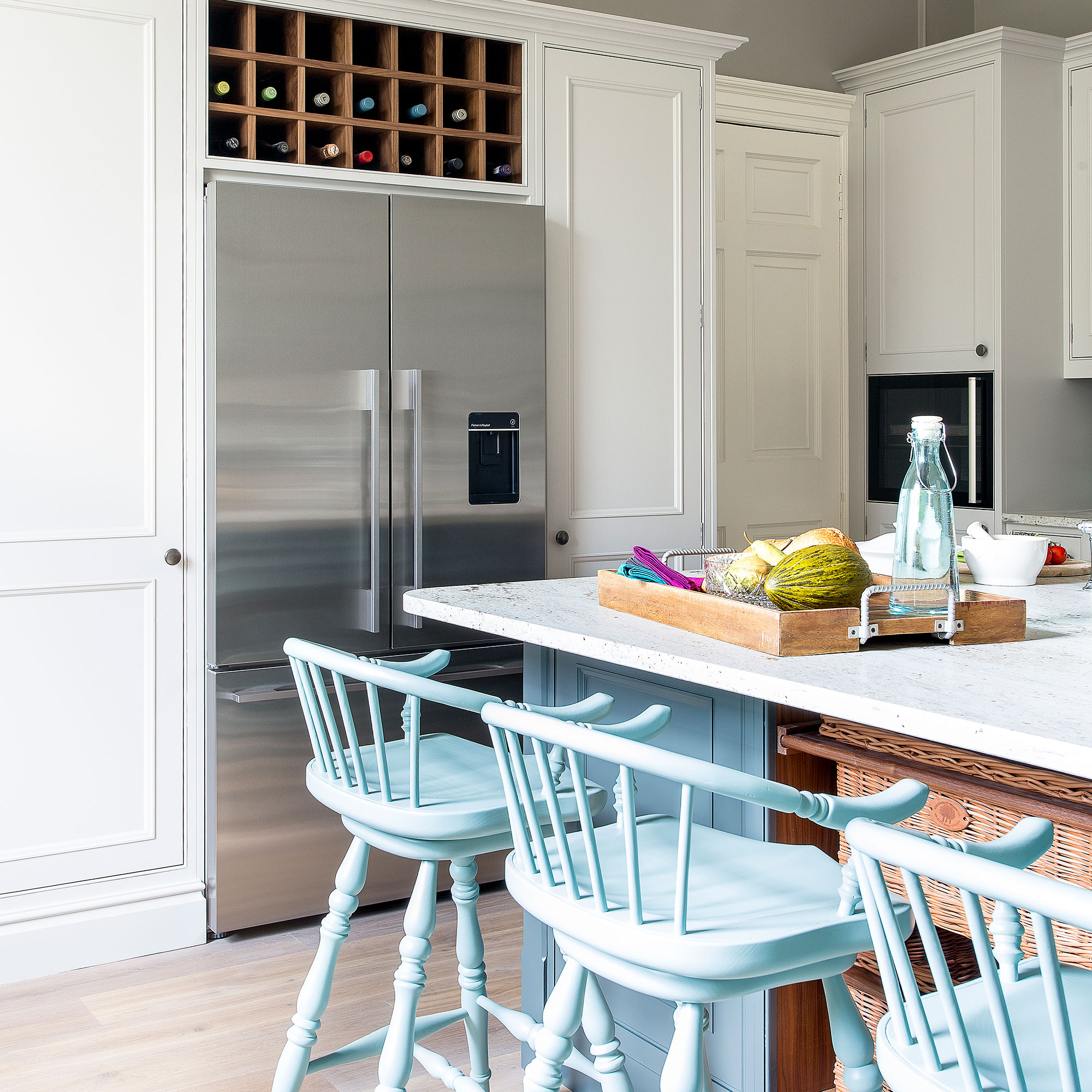
4. Don't leave the door open
Leaving the door open a lot can create buildup so try and keep this to a minimum. 'Try to minimise the frequency and duration of door openings,' says Rachael. 'Each time you open the door, warm air enters the freezer, and when it meets the cold air, it can lead to condensation and ice formation.'
'Small amounts of frost will also appear on the basket fronts if the doors of your freezer are left ajar for any length of time which can make it hard to open the baskets, explains Nevin Malcok, Hotpoint's refrigeration expert. 'Avoid leaving the doors open for longer than is absolutely necessary to avoid this frost buildup.'
So, if you're putting away the food shop make sure you shut the door rather than leaving it open as you unpack everything. A faff but it's a necessity.
5. Regularly defrost your freezer
If you're wondering how often should you defrost a freezer, the answer is you should be doing it regularly. Although none of us relish the idea of defrosting a freezer, doing it regularly will prevent a heavy buildup of ice from taking over and damaging the appliance.
'Follow a regular defrosting schedule; doing it annually should suffice,' advises Rachael. 'This prevents the accumulation of excessive ice on the evaporator coils. While doing this, it’s also a good time to check that the defrost system components (such as the defrost timer, defrost heater and defrost thermostat) are functioning properly.'
If any of these components are faulty, they may contribute to ice buildup. If you're wondering how long it takes to defrost a freezer, finding out how to defrost a freezer quickly can mean it doesn't take as long as you think.
What you'll need
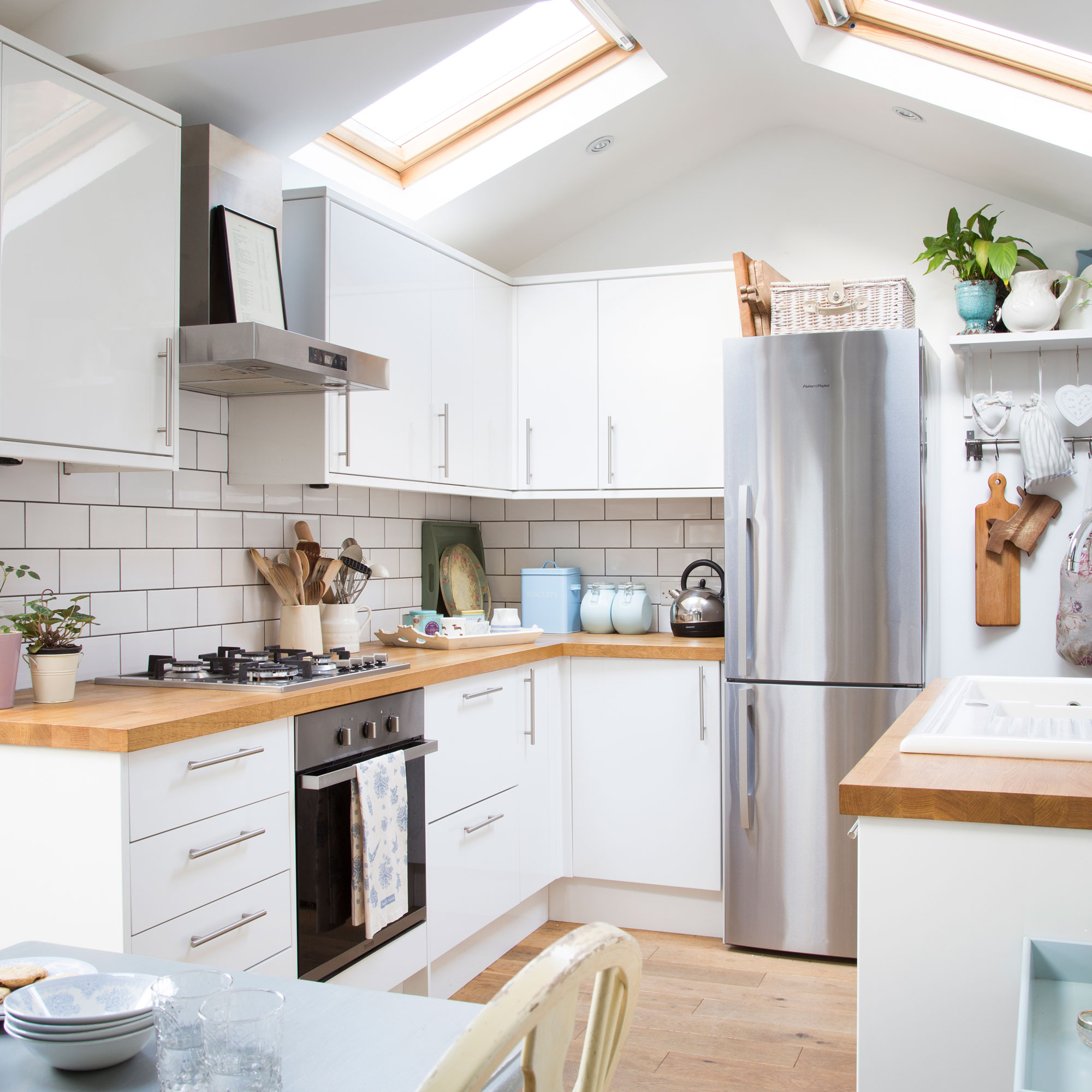
FAQs
Why does ice build up in the top of the freezer?
If you're noticing that ice is building up regularly at the top of your freezer there are a few reasons for it. 'Warm air rises, so if it enters the freezer, it rises and can condense on the upper surfaces, leading to ice buildup,' explains Matt Ayres, RDO's appliance expert.
'Avoid opening and closing the freezer door too often to prevent this. If there is a problem with the freezer’s insulation, it may also cause temperature variations. These variations cause ice to melt and then freeze up again, causing a buildup of ice.'
Another cause of ice buildup in the top of the freezer is not waiting until the food is at room temperature before you freeze it. Warm food in the freezer can cause the air to freeze and ice to build up.
'There is also a chance you have blocked air vents which can cause uneven cooling and lead to frost accumulating in specific areas,' adds Sarah Heaps, AO.com's refrigeration expert. 'In future, try to keep the freezer door tightly sealed and give your air vents the once oven to make sure they are clear.'
Why does ice build up in the bottom of the freezer?
A few checks can help prevent ice building up in the bottom of the freezer. 'If the freezer's drainage system is clogged or malfunctioning, water from melted ice may collect at the bottom and refreeze,' explains Matt Ayres, appliance expert at RDO Kitchens and Appliances.
'Check that the drainage system of your freezer isn’t blocked every six months, as this will help prevent a build-up of ice on the bottom of the freezer.'
'A clogged defrost drain can cause water from the defrosting cycle to pool which then freezes at the bottom,' adds Sarah Heaps, AO.com's refrigeration expert.
'Also, if your freezer isn’t on level flooring then this may impact this as water may collect at a corner and freezer. To keep this free in future, clear out the defrost drain using warm water and make sure your freezer is levelled off so water drains as intended.'
'I recommend you clear any obstruction from the gutter outlet using a drinking straw or pipe cleaner and make sure to mop up the water on the base,' adds Nevin Malcok, Hotpoint's refrigeration expert.
What number should a freezer be set at?
Always check the instruction manual that came with your freezer for advice on settings to keep it running in top condition. But what temperature should a freezer be?
'It is recommended that your freezer’s temperature should be -18 degrees celsius or lower. It’s important to check your freezer’s temperature regularly using a thermometer to ensure that it stays within the safe range,' explains Rachael Kiss of Alliance Online.
'If you set your freezer too cold, then this wastes energy and may even cause unnecessary frost build-up,' warns Sarah Heaps, AO.com's refrigeration expert.
Hopefully your days of chipping away at an ice-y fridge to cram some last minute shopping supplies in will finally be at an end.

Jenny is Senior Digital Editor and joined the team in 2021, working across Ideal Home, Real Homes, Homes & Gardens, Livingetc and Gardeningetc. Since getting on the property ladder, her passion for interior design and gardening has taken on a new lease of life. She loves collecting and salvaging unique items (much to her other half's despair) but sniffing out stylish home bargains is her one true love.
- Amy HodgeContributor
